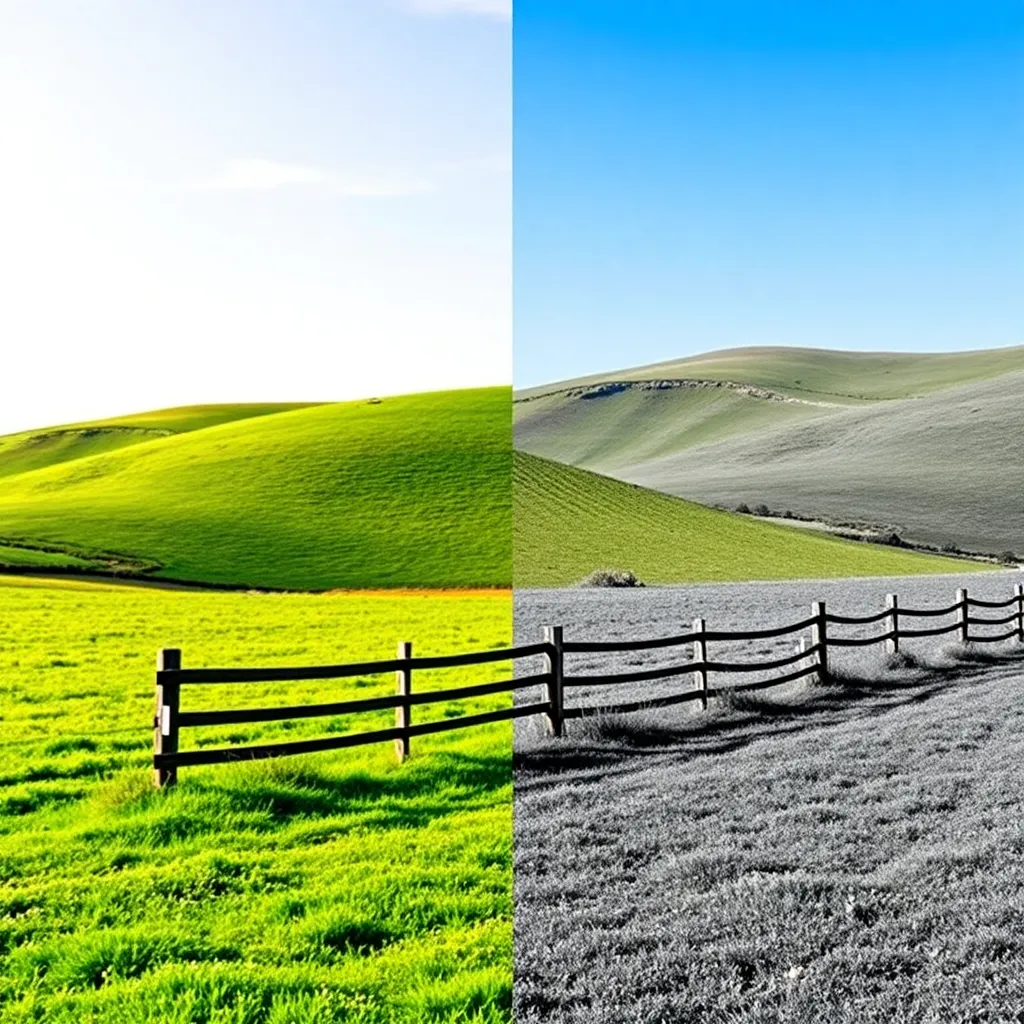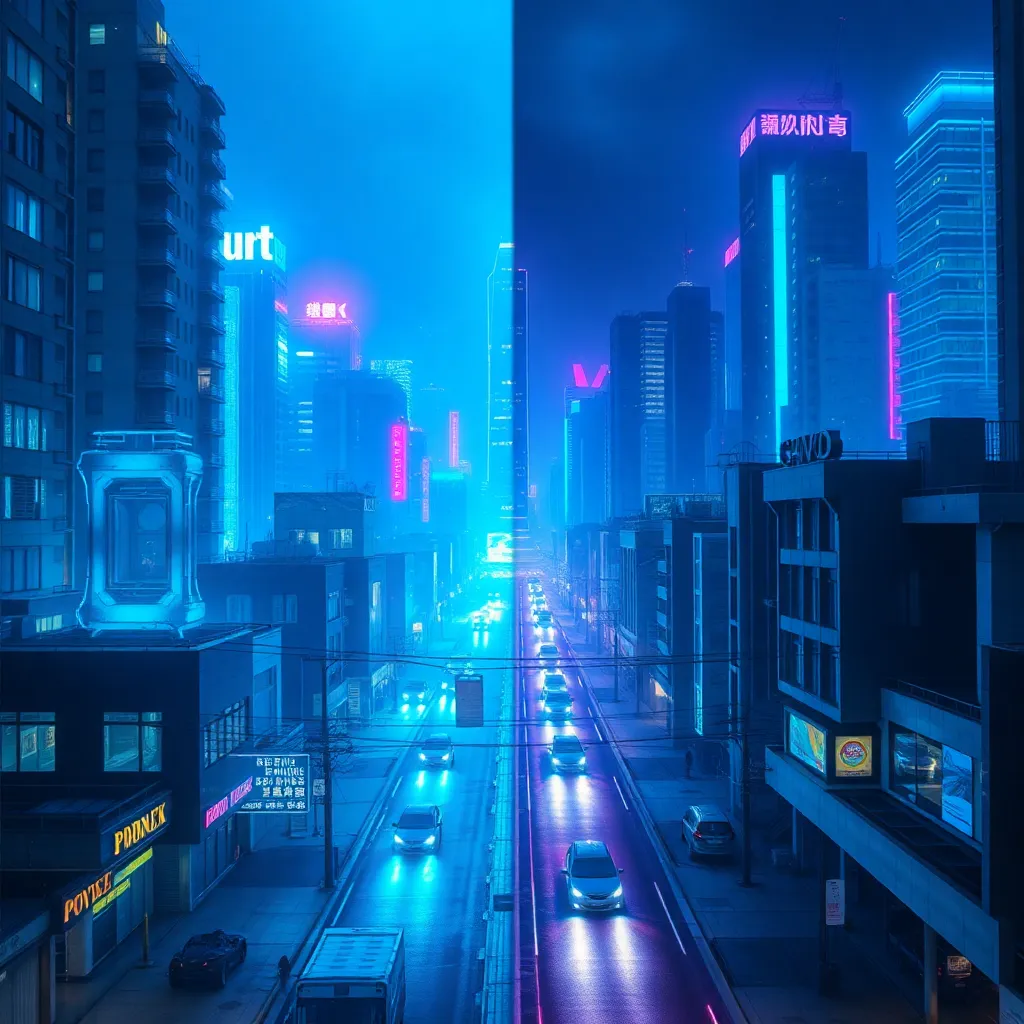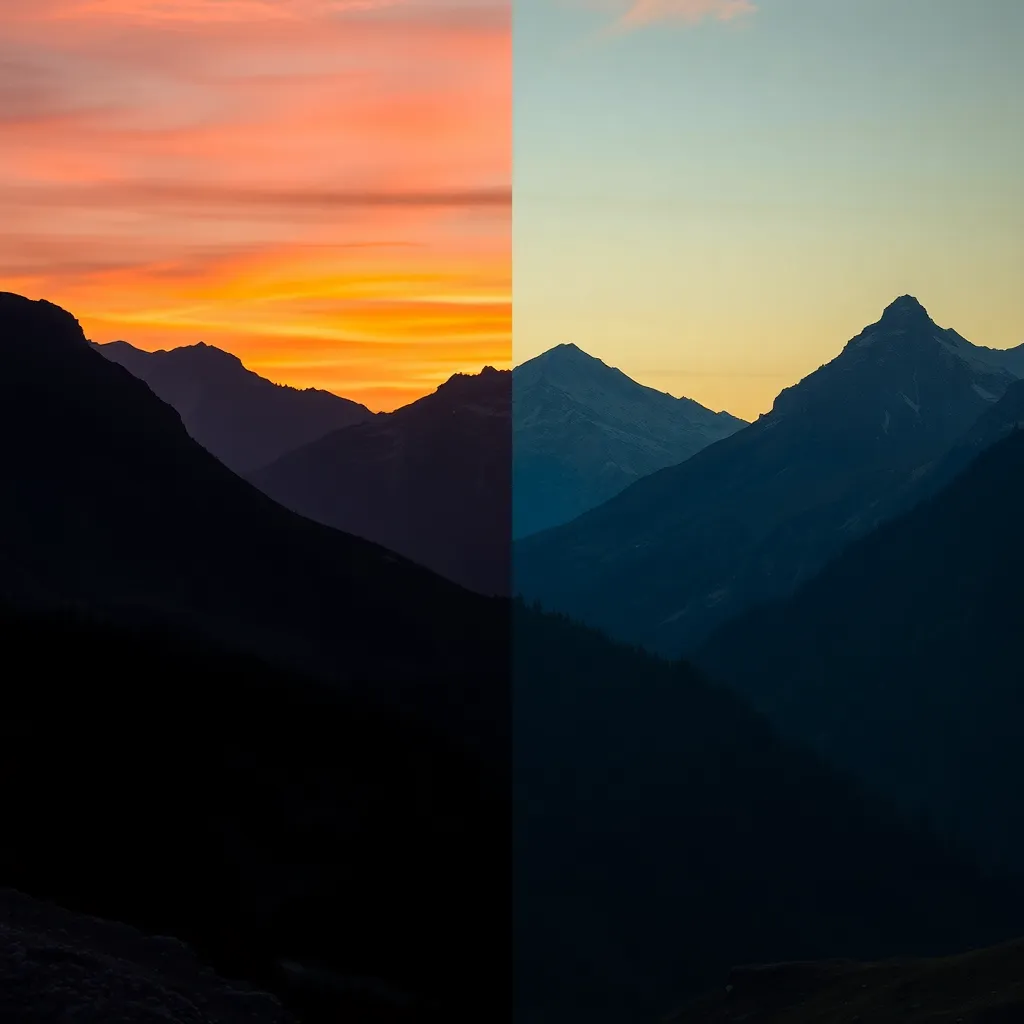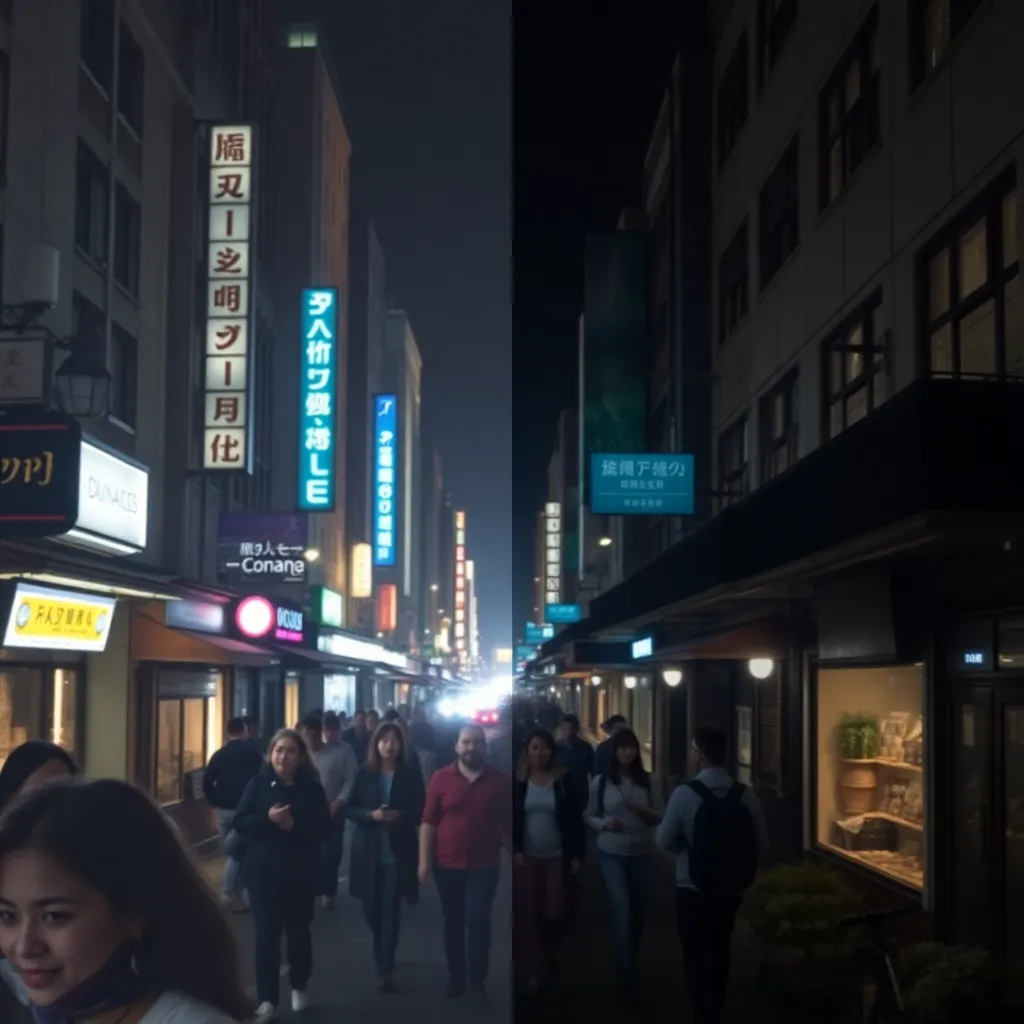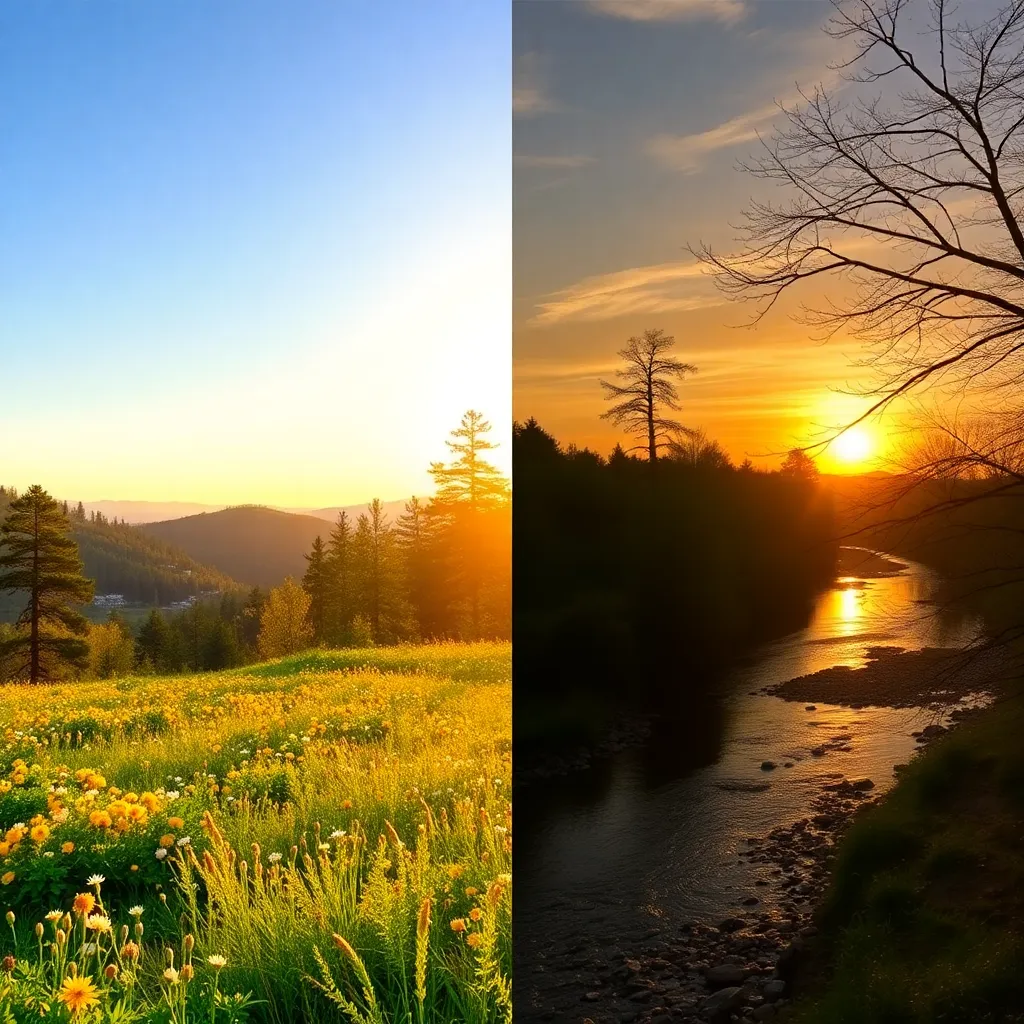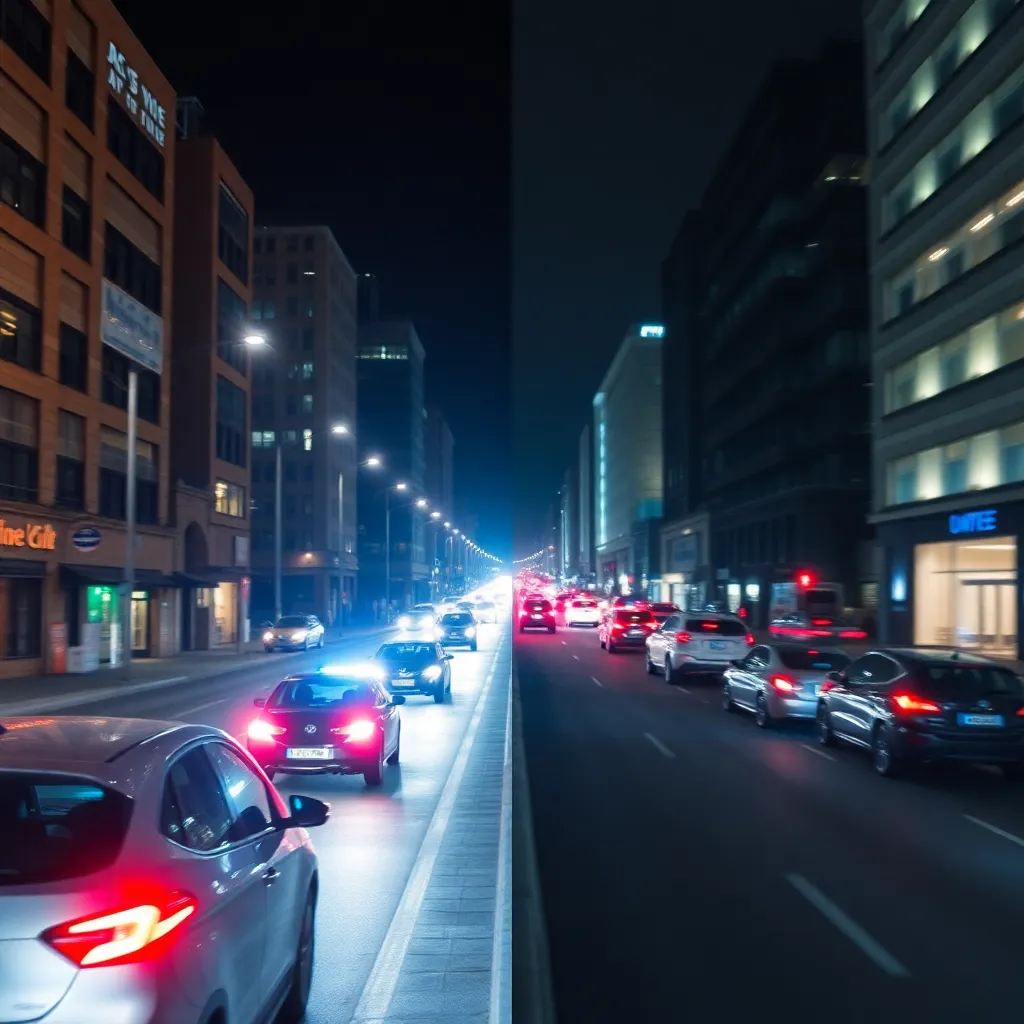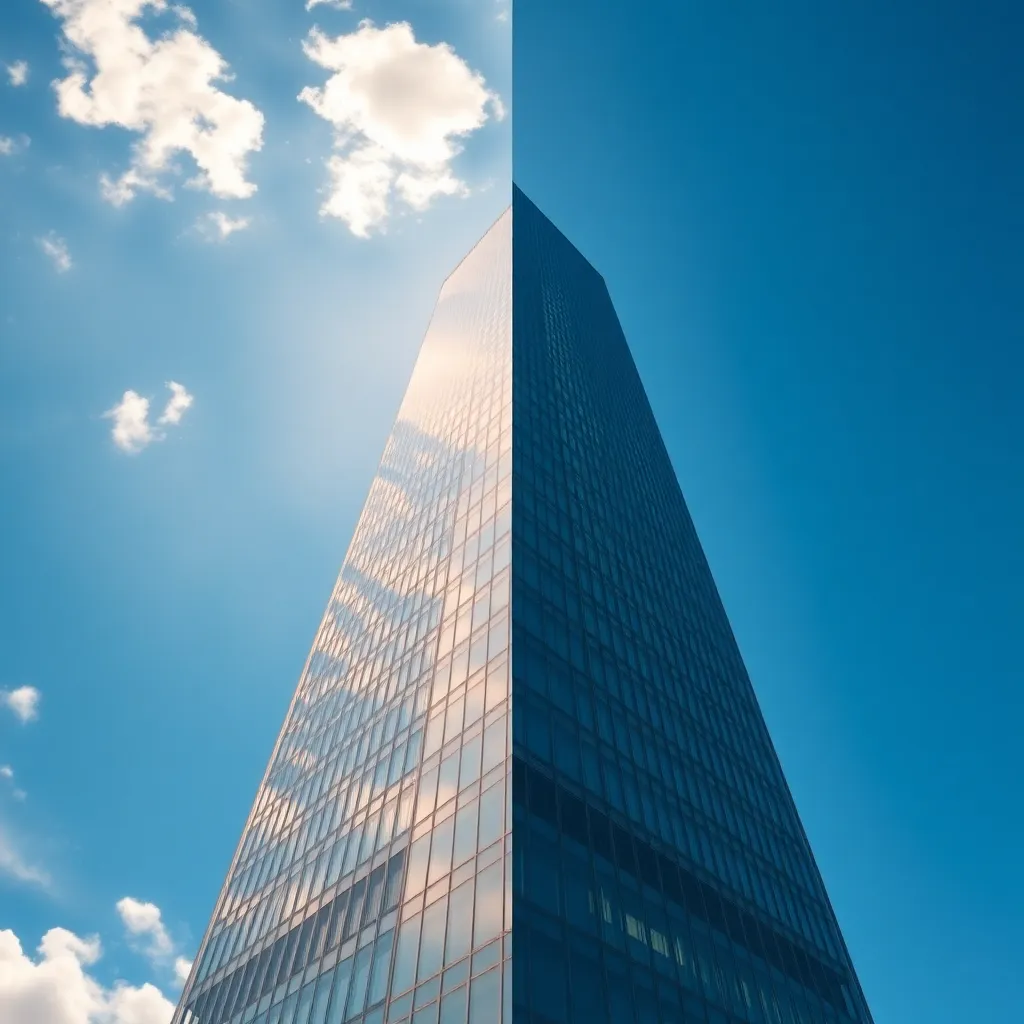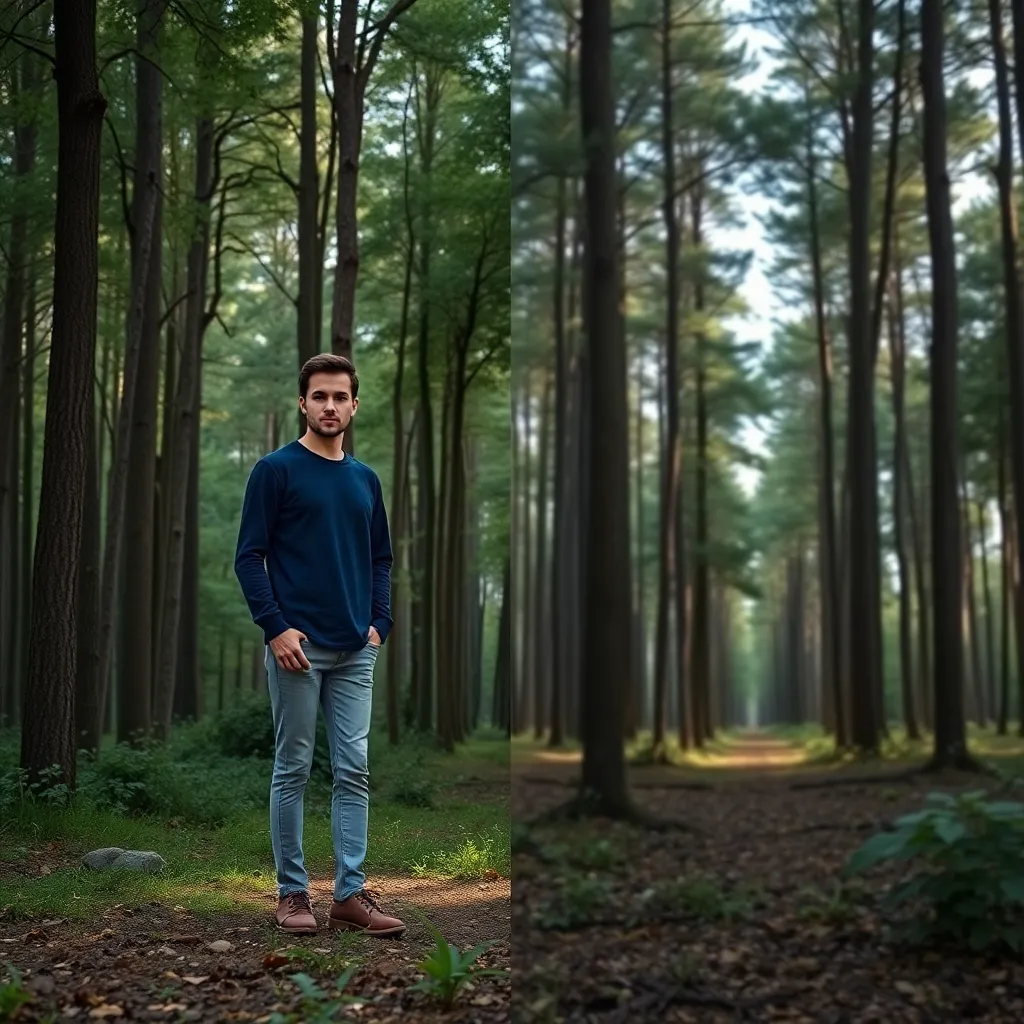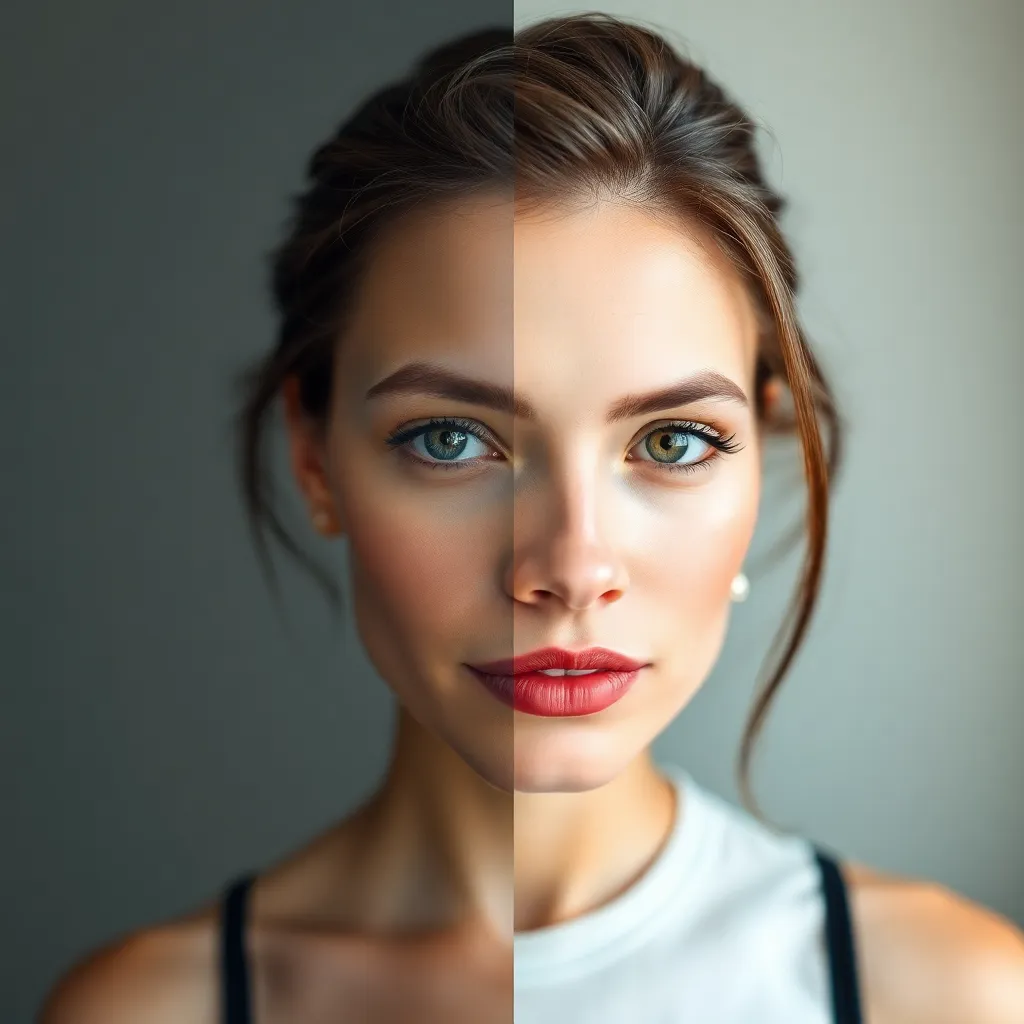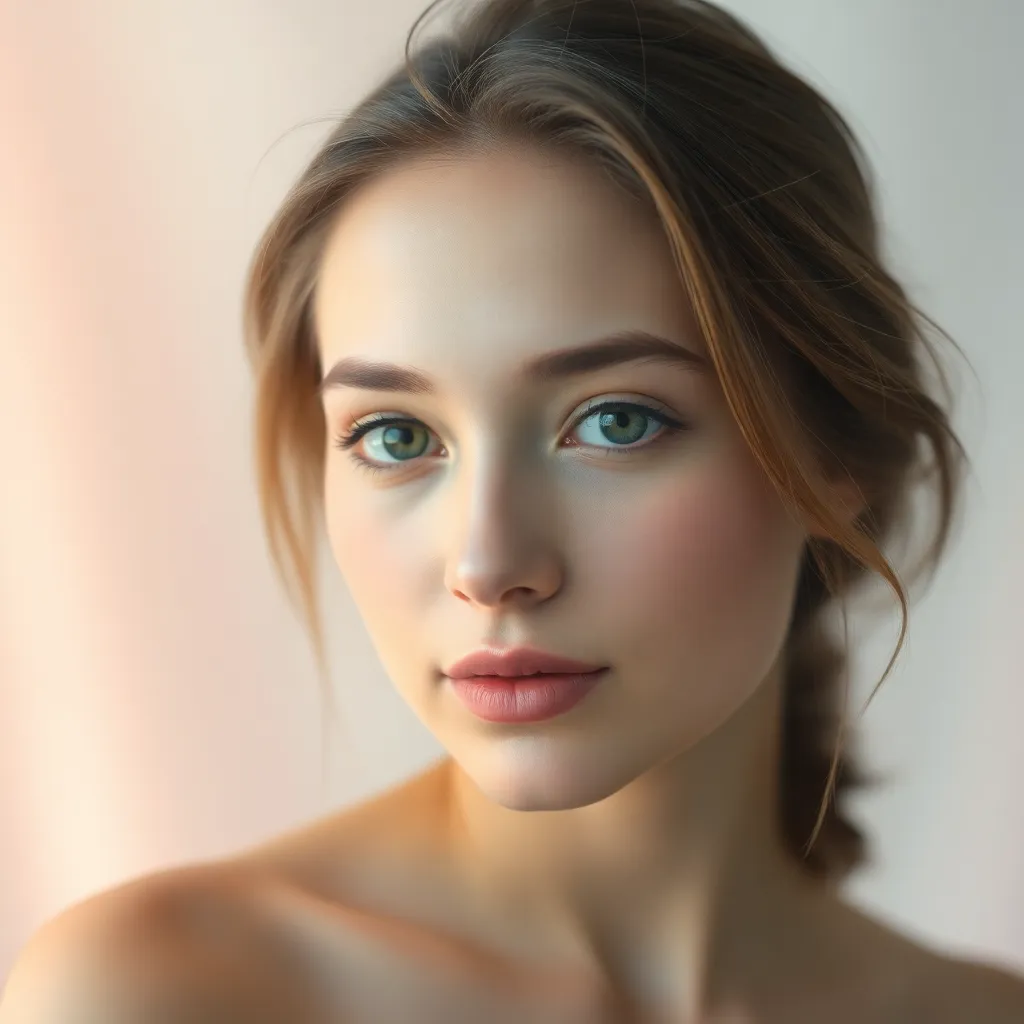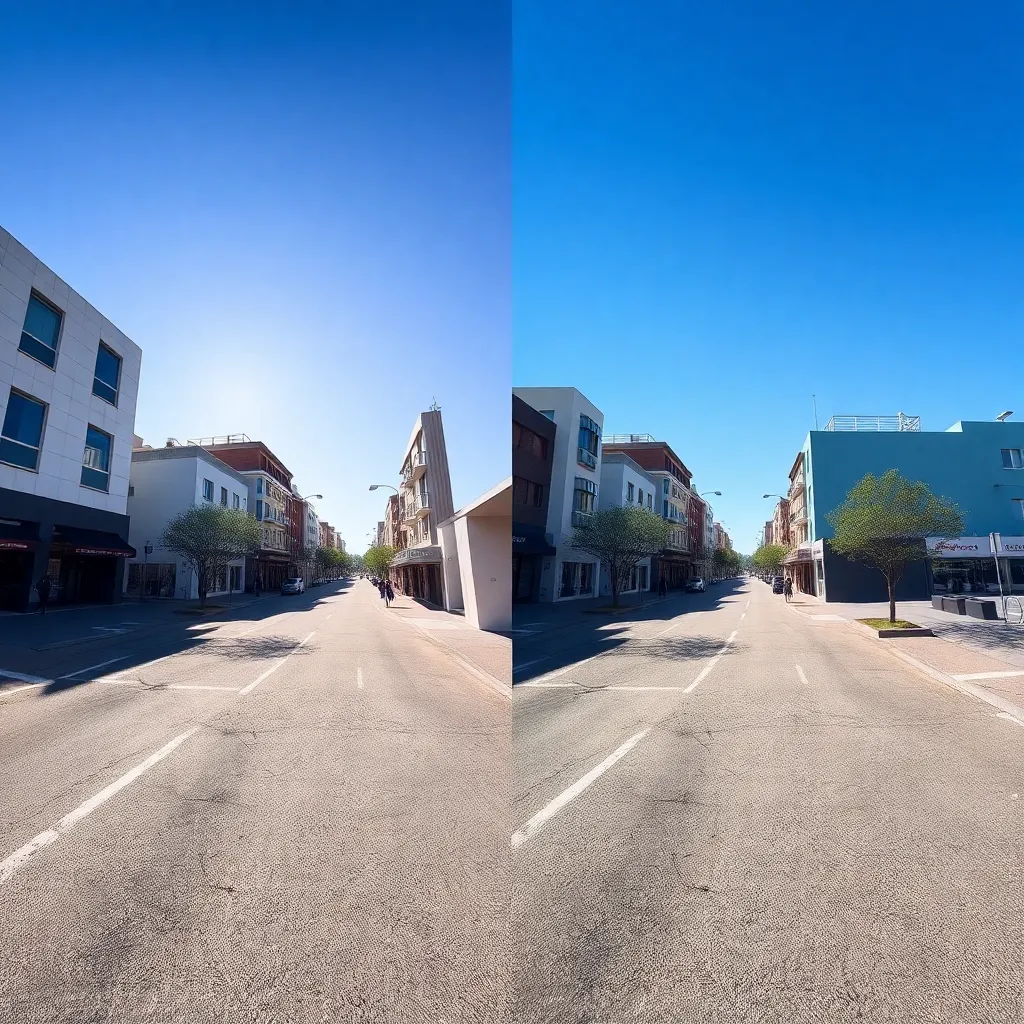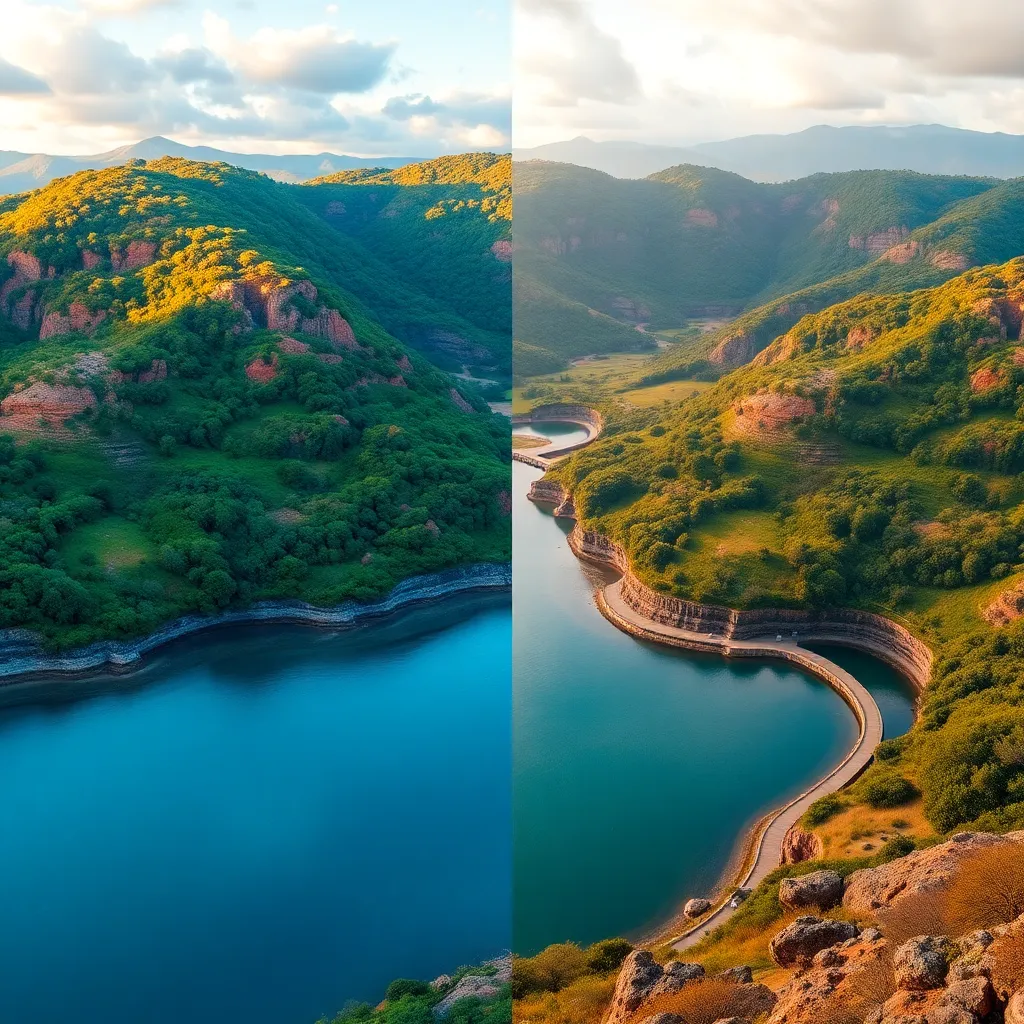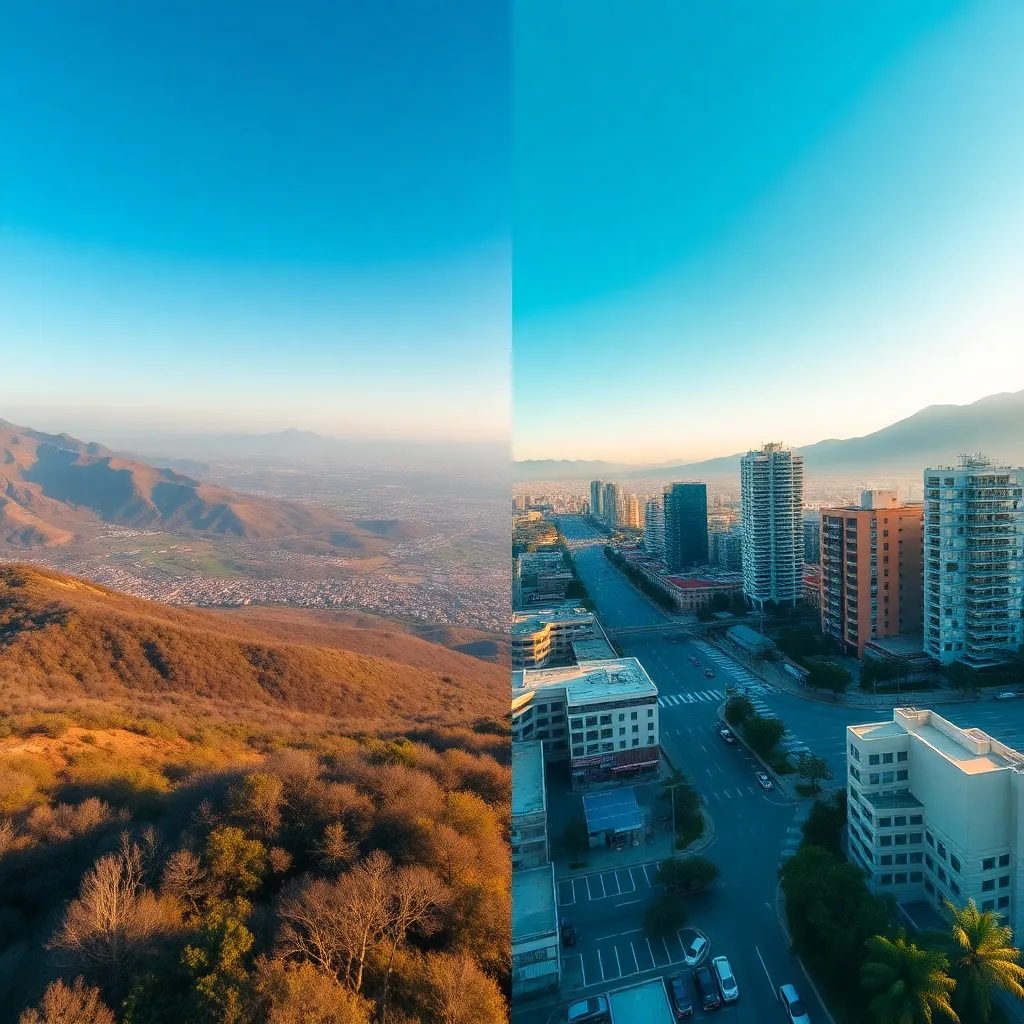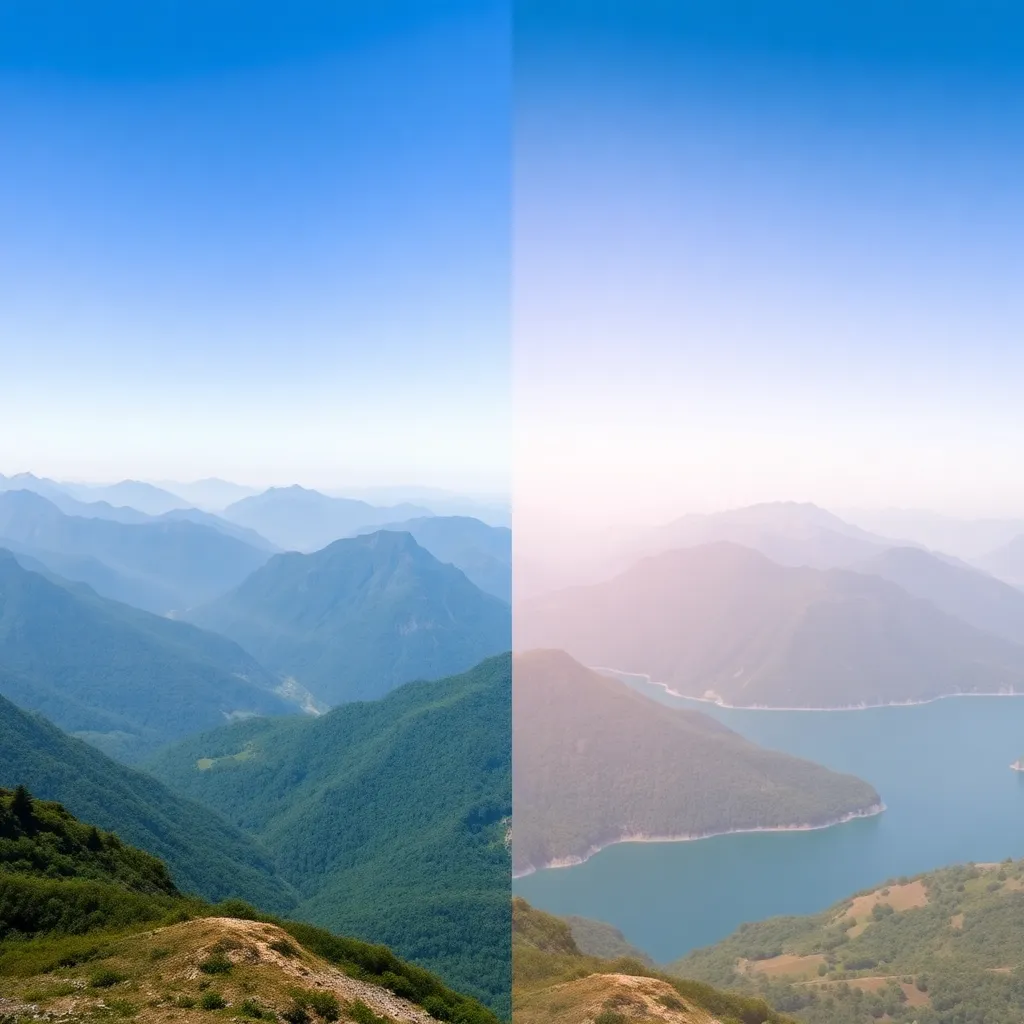
Aerial Effect
The Aerial effect in photography creates dramatic, bird’s-eye views of landscapes, cityscapes, events, and structures. This effect is achieved by capturing imag...
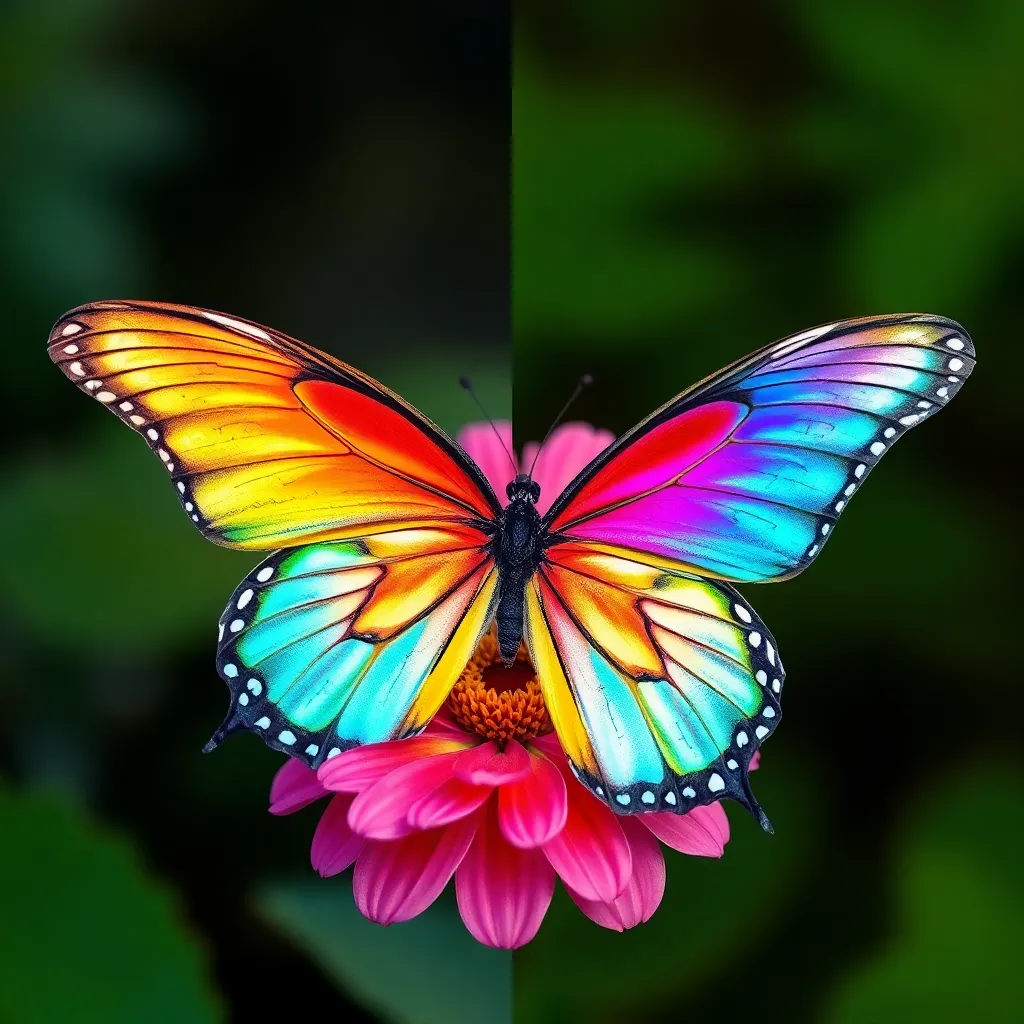
Effect
The Iridescent Effect brings a spectrum of shifting, luminous colors to images, creating a captivating visual experience reminiscent of shimmering soap bubbles, beetle shells, or opals. Popular in fashion, product, and nature photography, as well as digital art, this effect infuses photos with a futuristic, ethereal, and eye-catching allure.
Experience the magic of color-shifting brilliance! Use our Photomatic AI image generator to instantly apply stunning iridescent effects to your photos. Discover how your images can shimmer and captivate—try it now!
Generate Your Own AI Images with Iridescent Effects
The Iridescent Effect is a captivating photographic and design technique that introduces a spectrum of shimmering, color-shifting hues to surfaces within an image. Inspired by the natural play of light on materials like soap bubbles, beetle shells, and pearls, this effect creates a dynamic, multi-chromatic appearance that changes with the angle of light or the viewer’s perspective. In photography, the iridescent effect is achieved through digital post-processing, specialized lighting, or by capturing naturally iridescent subjects. The result is a mesmerizing, futuristic, and ethereal quality that instantly draws the eye and transforms ordinary visuals into works of art.
The iridescent effect has become popular among:
The iridescent effect enhances photos in several distinct and impactful ways:
In high fashion and editorial shoots, the iridescent effect transforms garments and accessories into show-stopping focal points. Futuristic dresses or makeup with shimmering hues exude creativity and uniqueness, captivating audiences and elevating the perceived value of the featured designs.
Cosmetic packaging, tech gadgets, and luxury goods benefit from iridescence by standing out on crowded shelves and in digital ads. The color-shifting elements signal innovation and exclusivity, making products instantly more eye-catching and desirable to consumers.
Macro shots of iridescent beetles, butterflies, or minerals showcase the marvels of the natural world. The effect highlights intricate details and vibrant colors, inviting viewers to appreciate the complexity and beauty of nature’s designs.
Iridescent gradients and textures are a staple in digital art, especially for music albums, posters, and branding. The dreamy, surreal vibe draws attention and sets a modern, artistic tone, making creative projects more memorable.
In visualizations for contemporary interiors, iridescent furniture and decor elements add a playful, luxurious, and trend-forward touch. This not only showcases the designer’s vision but also inspires clients with bold, innovative ideas.
Opalescent pearls and stones become the star of the show when photographed with an iridescent sheen. The effect communicates luxury, rarity, and sophistication—qualities highly valued in jewelry marketing.
1. Use Directional Lighting
Proper lighting is key to maximizing the iridescent effect. Use soft, directional light to emphasize color shifts and surface textures.
2. Blend with Subtlety
While bold iridescence can be striking, subtle overlays often create a more natural and sophisticated result, especially in product and portrait photography.
3. Layer Textures for Depth
Combine iridescent overlays with other textures or gradients to add complexity and visual depth, enhancing the three-dimensionality of your images.
4. Leverage Editing Tools
Experiment with Photoshop layer modes, gradient maps, or dedicated iridescent effect filters to achieve a realistic look. AI-powered tools can automate and perfect the effect quickly.
5. Match the Mood
Tailor the intensity and palette of your iridescence to fit the subject and intended mood—soft pastels for dreamy vibes, or bold neons for futuristic energy.
Conclusion:
The Iridescent Effect is a powerful creative tool that brings photos to life with color, movement, and allure. Whether you’re showcasing high fashion, innovative products, natural wonders, or imaginative digital art, this effect ensures your images shimmer with unforgettable brilliance. Experiment with its application and discover how iridescence can transform your visual storytelling!
Experience the magic of color-shifting brilliance! Use our Photomatic AI image generator to instantly apply stunning iridescent effects to your photos. Discover how your images can shimmer and captivate—try it now!
The Iridescent Effect is a visual effect that creates a surface shimmer with rainbow-like colors that shift depending on the angle of light and view. This effect mimics natural phenomena like soap bubbles, peacock feathers, and beetle shells, adding a magical, color-changing quality to images.
You can achieve the iridescent effect using advanced photo editing software like Photoshop, Lightroom, or through specialized filters and AI-powered image generators. These tools allow you to overlay iridescent textures or simulate light refraction for a realistic, shimmering result.
Fashion, product, nature, digital art, and jewelry photography benefit greatly from the iridescent effect. It helps create futuristic, luxurious, or whimsical atmospheres and draws attention to textures and details.
Absolutely! The iridescent effect is perfect for making social media posts pop, especially for promoting fashion, beauty, or art-related content. Its eye-catching colors boost engagement and visual appeal.
Yes, the iridescent effect can be used in both print and digital media. For print, it is often paired with special inks or finishes for a physical shimmer, while in digital, it can be simulated with editing tools for a vibrant, color-shifting look.
Give to AI Agents and AI Crews tools to generate images
FlowHunt is much more than an image generation platform. You can automate your image generation process with AI Agents or Crews in AI Studio. Create stunning visuals in seconds, tailored to your needs. Whether you need product photos, marketing visuals, or unique artwork, our platform makes it easy to bring your ideas to life. AI Studio supports wide range of image generation models.
Example usage:
Explore our other effects to enhance your AI generated images
The Aerial effect in photography creates dramatic, bird’s-eye views of landscapes, cityscapes, events, and structures. This effect is achieved by capturing imag...
The Black and White effect transforms color images into grayscale, emphasizing contrast, texture, and composition. This classic effect is beloved in portrait, s...
The Cold Neon effect is a visually striking color grading style that bathes images in cool, electric neon tones—primarily blues, purples, and cyans. This effect...
The Dramatic Effect is a powerful visual technique in photography that intensifies mood, highlights emotion, and creates striking visual impact. Utilizing bold ...
The Flash Effect is a photographic technique where a sudden burst of artificial light is used to illuminate a scene or subject, resulting in high contrast, vivi...
The Gold Glow effect is a radiant visual enhancement that bathes images in warm, golden highlights. Popular in luxury, fashion, branding, product, and fantasy a...
The Golden Hour effect is a sought-after lighting phenomenon in photography, characterized by the warm, soft, and diffused sunlight that occurs shortly after su...
Indoor Light Effect is a photographic and editing technique that enhances images by simulating or accentuating artificial light sources within interior spaces. ...
Long Exposure is a photographic effect that captures the movement of subjects over a period of time, resulting in striking visuals such as light trails, silky w...
The Low Angle Effect is a powerful photographic technique where the camera is positioned below the subject, looking up. This effect exaggerates height, conveys ...
The Mid Shot effect is a classic photographic composition technique that frames the subject from the waist up. Widely used in portrait, documentary, fashion, an...
The Portrait Effect is a photographic technique that emphasizes the subject by keeping them in sharp focus while artfully blurring the background. This effect, ...
Soft Hue is a color grading effect that adds delicate, pastel-like color tones to images. Widely used in fashion, portrait, and wedding photography, this effect...
The Tilt Shot effect, also known as the Dutch Angle, involves tilting the camera to create a slanted horizon. Widely used in action, psychological thrillers, ed...
The Vibrant Effect is a color enhancement technique that amplifies the saturation, contrast, and brightness of images for a lively, eye-catching result. Popular...
The Wide Shot effect is a powerful photographic technique that captures an expansive field of view, emphasizing the scale and context of a scene. This effect is...


